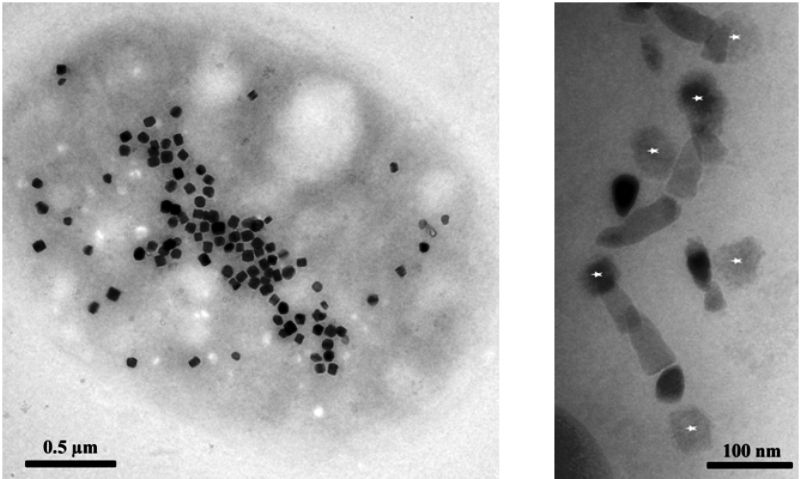-
 Oven
Oven
-
 REACH
REACH
-
 Neutrino
Neutrino
-
 RT2005
RT2005
-
 Supergiant star
Supergiant star
-
 Elective surgery
Elective surgery
-
 Eruptive
Eruptive
-
 H.261
H.261
-
 Primitive filter
Primitive filter
-
 CSTB
CSTB
-
 Isometric
Isometric
-
 Opportunity
Opportunity
-
 SMART-1
SMART-1
-
 Rhizoid
Rhizoid
-
 Curettage
Curettage
-
 Lock
Lock
-
 STED microscopy
STED microscopy
-
 Exon
Exon
-
 Mitochondrion
Mitochondrion
-
 Horsepower
Horsepower
-
 Crab nebula
Crab nebula
-
 Mimas
Mimas
-
 Collagen
Collagen
-
 Hyaline
Hyaline
-
 European sea sturgeon
European sea sturgeon
-
 Neurotransmitter
Neurotransmitter
-
 Canada-France-Hawaii observatory
Canada-France-Hawaii observatory
-
 First law of thermodynamics
First law of thermodynamics
-
 Karman line
Karman line
-
 DHCP
DHCP
Magnetotactic bacterium
Since 1970 we have known that bacteria exist in nature which naturally produce nano-magnets. These bacteria, can point and move themselves along magnetic fields and are called magnetotactic. They have an organelle, the magnetosome, which contains a nano-magnet. This sometimes consists of magnetite although may also consist of greigite, another magnetic material.
These magnetotactic bacteria live in water or in sediments often formed from layers made up of different chemical compositions. Magnetotaxis enables the bacteria to point themselves towards areas with more nutrients.
magnetotactic bacteria in a magnetic field, the features of which (angle, intensity, etc.) are shown top left. © Melbynfm-YouTube
Magnetotactic bacteria are being considered as sources of nano-magnets for nanomedicine.
Magnetite crystals in the meteorite ALH84001, very similar to those produced by magnetotactic bacteria has been proposed as proof of the existence of past life on Mars.
 Examination of a sample of magnetotactic bacteria producing magnetite and greigite. Figure on the left: transmission electron microscopy observation of a bacteria producing nano-crystals of greigite and (figure on the right) of a chain of magnetite and greigite magnetosomes (stars). © LBC/CEA
Examination of a sample of magnetotactic bacteria producing magnetite and greigite. Figure on the left: transmission electron microscopy observation of a bacteria producing nano-crystals of greigite and (figure on the right) of a chain of magnetite and greigite magnetosomes (stars). © LBC/CEA
Latest
Fill out my online form.



